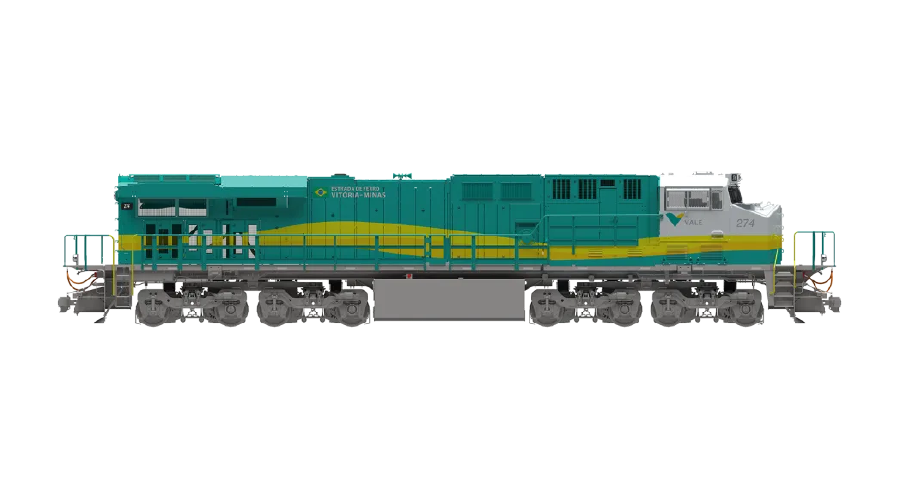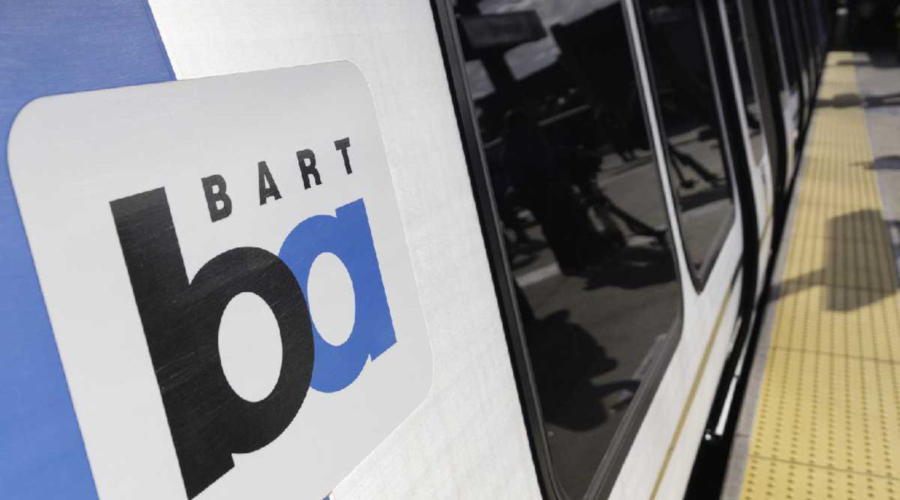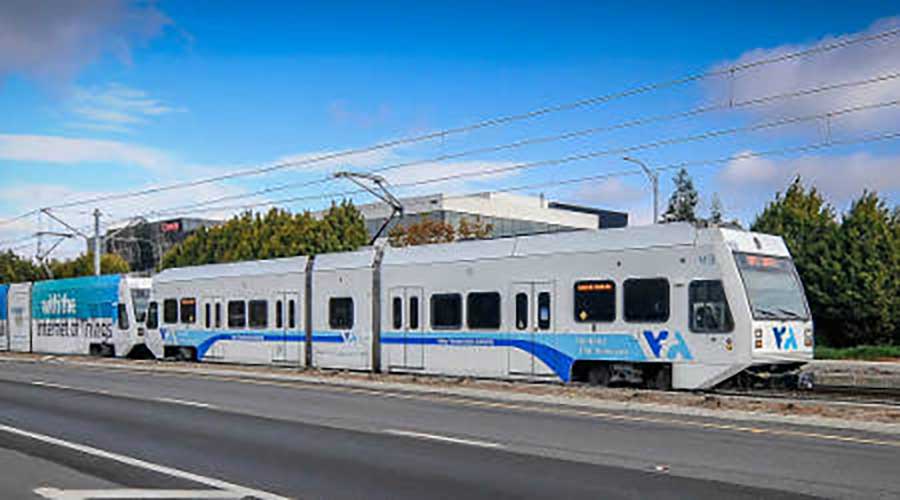Stay updated on news, articles and information for the rail industry
 railPrime
railPrime
2/14/2022
Rail News: Internet/Digital
Software and solution providers enhance Internet of Things offerings for rail industry’s Big Data push
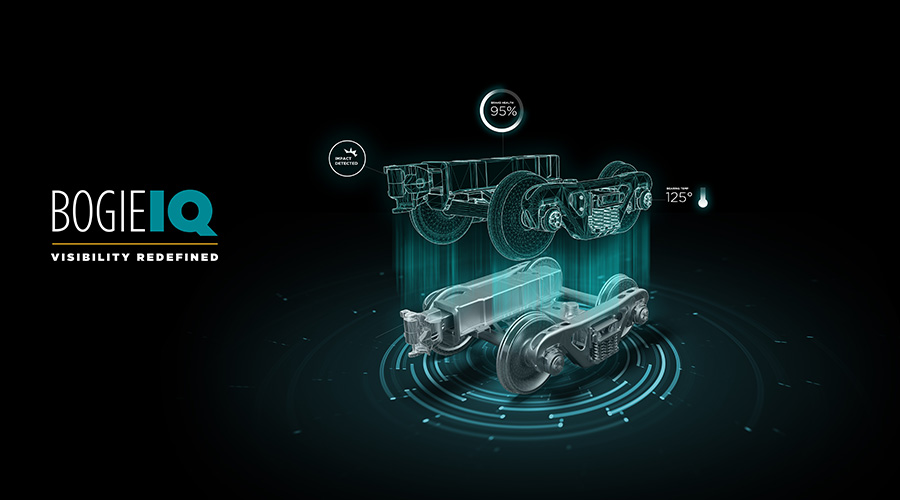
By Jeff Stagl, Managing Editor
The Internet of Things (IoT) and Big Data are two independent technologies, yet are inseparable from each other. IoT involves collecting data from physical objects via different sensors, while Big Data refers to a faster and more efficient storage and processing of such data.
One of the overriding themes of the University of Delaware’s Big Data in Railroad Maintenance Planning conference held Dec. 15-16 was how IoT and Big Data are being applied more in the rail industry.
Many presentations touched on artificial intelligence (AI), optical inspection systems and enhanced data science.
“The theoretical end drew a lot of interest, including rail applications,” says Allan Zarembski, the professor and director of the university’s Railroad Engineering and Safety Program, and the conference’s director. ‘We heard more about AI modeling this go round, and improved inspection technologies using AI machine learning.”
One new angle for the conference: cybersecurity. A presentation by Association of American Railroads Director of Cybersecurity Janet St. John focused on how the rail industry is incorporating IoT and Big Data in cybersecurity efforts.
“It drilled home how cybersecurity is more important now,” says Zarembski.
What many software and solution providers want to drill home to railroads is they have the enhanced IoT offerings that can help with any Big Data pursuits. Following are five such providers, who shared information about their latest IoT solutions via email.
Amsted Rail
For more than 130 years, Amsted Rail has served as a global truck system and component manufacturer for the heavy haul freight-rail industry. The company is awaiting the impending release of the Amsted Digital Solutions (ADS) division’s newest technology platform called Bogie IQ™.
It’s a ruggedized onboard telematics solution that will monitor wheel health and brake health without wires or multiple sensor nodes, Amsted Rail officials said. Integrated into the truck assembly, Bogie IQ will continue to deliver the benefits of geospatial data from onboard telematics to optimize the use of rail-car fleets in combination with the company’s component health monitoring.
Amsted Rail recognizes the freight-rail industry’s need to digitize work processes since workforce turnover is becoming a much larger issue. The industry needs to accelerate how information is extracted, consumed and utilized, especially since many shippers are managing their rail supply chain through multiple platforms.
ADS offers the phase I release of the company’s evolutionary supply chain visibility (SCV) TMS software, Amsted Rail officials said. New enhancements in reporting, dynamic estimated times of arrival functionality and new software applications that integrate onboard GPS device data and onboard health monitoring using Bogie IQ are all in one place, they added.
ADS’s acquisition of the Geometrix software solution in late 2020 provides the division with 30-plus years of rail-car fleet management insights and expertise that were leveraged to redevelop many of the SCV TMS software’s features and applications. It offers an enriched user experience streamlining waybills and CLM data within the SCV user interface, combined with ADS’ new intuitive and customizable OneView business intelligence tool.
Arshon Technology Inc.
Focusing on IoT applications, iotLINKS is a dedicated company established by Arshon Technology Inc., which has offered electronics design and consulting engineering services for more than 15 years. The iotLINKS solution is designed to leverage IoT technology to “connect anything to everything,” Arshon officials said.
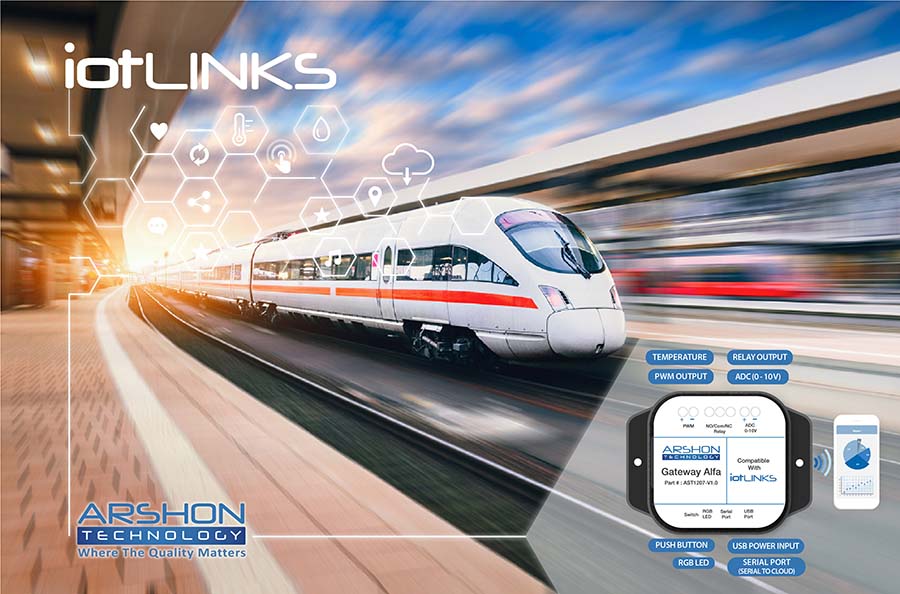
It can be used across a wide range of industries and serve as an all-in-one platform if paired with Arshon’s Gateway Alfa, which can connect devices to a cloud. Gateway Alfa provides easier Wi-Fi access, and sends and receives data from multiple ports directly to a dashboard.
Through Gateway Alfa, all kinds of automation can be accomplished through IoT technology, Arshon officials said. In railroading, applications include inside cabin lights control and air quality detection.
Rail reliability, safety and maintenance can be monitored and managed through an IoT system. In terms of greater reliability and safety, integrating IoT systems can help monitor crucial components like brakes, wheelsets and engines so trains become more sensitive to their operations for more efficiency, Arshon officials said.
Track maintenance also benefits from IoT by deploying sensors across track systems, enabling operators to monitor top-of-track stress and conditions, temperatures and other variables that have predictive values for maintenance teams, they added. If problems with rail cars and tracks are identified proactively, pre-emptive actions can be taken for safer operations.
Predictive and preventive maintenance can be feasible and more effective in the IoT era, Arshon officials said. Smart sensors and analytics across locomotives, rail cars and tracks allow rail systems to be remotely checked and repaired before a small issue magnifies into huge trouble, they said.
Hitachi Rail
Hitachi Rail believes the future of transportation will be driven by digitizing and fully integrating the entire mobility system to make journeys more seamless and sustainable. By digitally connecting every aspect of a railway as part of IoT — from trains, signaling and infrastructure to operations, maintenance and passenger-interfaces — the complete system can be planned, managed and optimized, company officials said.
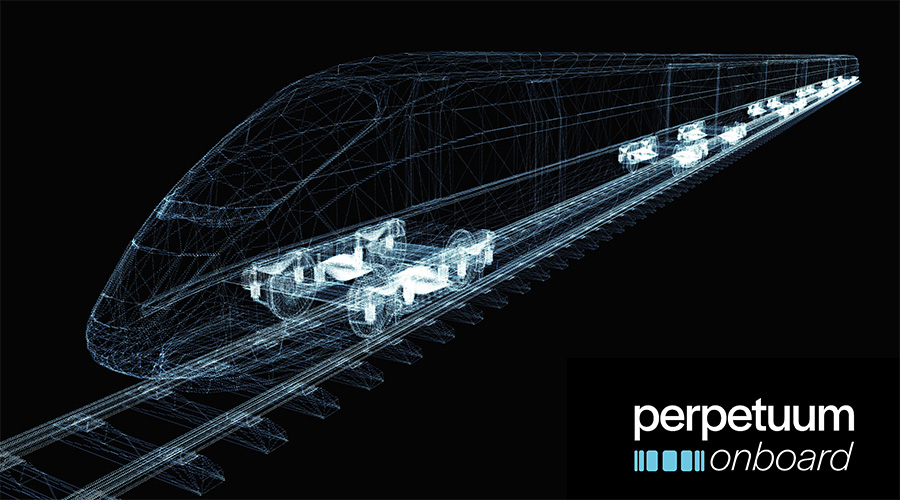
Hitachi Rail has developed expertise in transportation systems, IT and system integration, which enables the company to offer a suite of IoT solutions. Hitachi Rail already provides rolling stock, signaling, turnkey programs and other options to the rail industry, but future business growth is also likely to come from offering digitally-connected mobility-as-a-service solutions, company officials said. The inclusion of Thales’ ground transportation systems business will enhance Hitachi Rail’s signaling, train control, traffic management and smart ticketing offerings.
The company is deploying IoT-based technology through its intelligence asset management systems, particularly in the field of operations, service and maintenance where it can benefit passenger- and freight-rail systems. Hitachi Rail’s Perpetuum solution uses wireless condition-monitoring sensors to report real-time data about the performance of critical train components, including wheels, gearboxes, motors and trucks.
The company recently partnered Dutch firm Intermodal Telematics to offer a complete digital monitoring service for freight trains and their cargo. The solution can provide the exact location of cars, a loading status, the condition of doors and hatches, the temperature and pressure of cargo, and the health of trucks and wheelsets, Hitachi Rail officials said. The partnership aims to help freight-rail operators — initially in North America and Europe — improve efficiency and safety.
Ondas Networks
Through its adoption of digitalization and automation technology, the North American rail industry is driving toward improved efficiencies in every aspect of their operations. As a result, fixed and mobile sensors along with edge computing devices will be generating higher amounts of actionable data across thousands of track miles, Ondas Networks officials said.
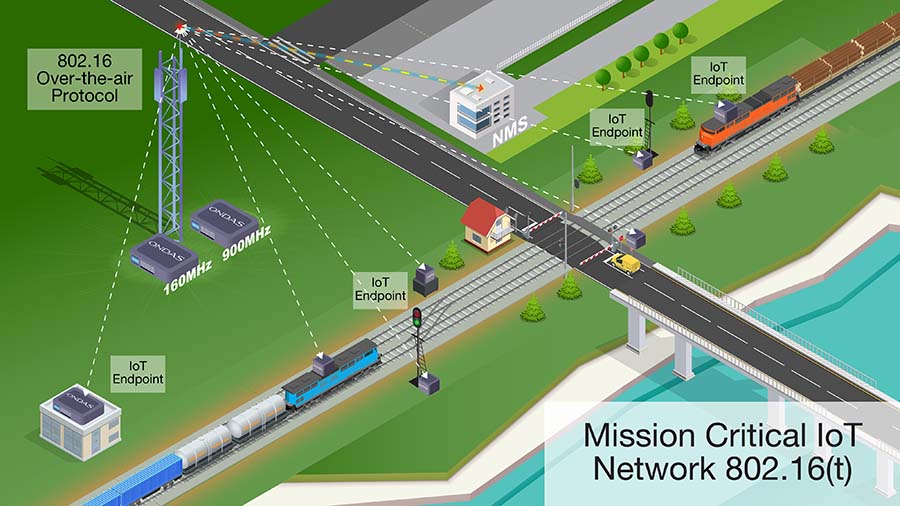
Ondas Networks and Siemens Mobility have formed a strategic partnership to meet this trend of increasing demand for, and reliance on, data-driven applications. One result of the partnership: the development of the Siemens Airlink MC-IoT Wireless Communications System for the newly allocated 900 MHz nationwide railroad frequency band.
The system consists of a new comprehensive suite of wireless products, including Siemens Airlink base stations, and fixed and mobile remote radios, all of which are based on the proven IEEE 802.16 industrial wireless standard for internet protocol (IP) connectivity. The family of radios offers the rail industry immediate benefits, including a cost-effective migration path from today’s single-purpose, proprietary wireless networks to a fully IP-enabled, wide-area communication network to serve railroads’ mission-critical IoT applications, Ondas Networks officials said.
Wireless connectivity based on standard internet protocols is a key enabler for railroads to deploy widely available IoT applications and solutions without having to make custom modifications to support proprietary protocols or custom networks.
Once fully deployed, the new 900 MHz network will allow railroads to roll out IoT applications at a massive scale along thousands of track miles stretching across North America, better facilitating the rail industry’s digital transformation, Ondas Networks officials said.
Wi-Tronix LLC
With a goal of providing actionable, real-time data access to customers, Wi-Tronix LLC strives to consistently create new IoT solutions for rail. In the past year, a few of the company’s offerings that entered the market include its connected diagnostic system, closed-circuit TV (CCTV) solution and mobile phone detection with artificial intelligence (AI).
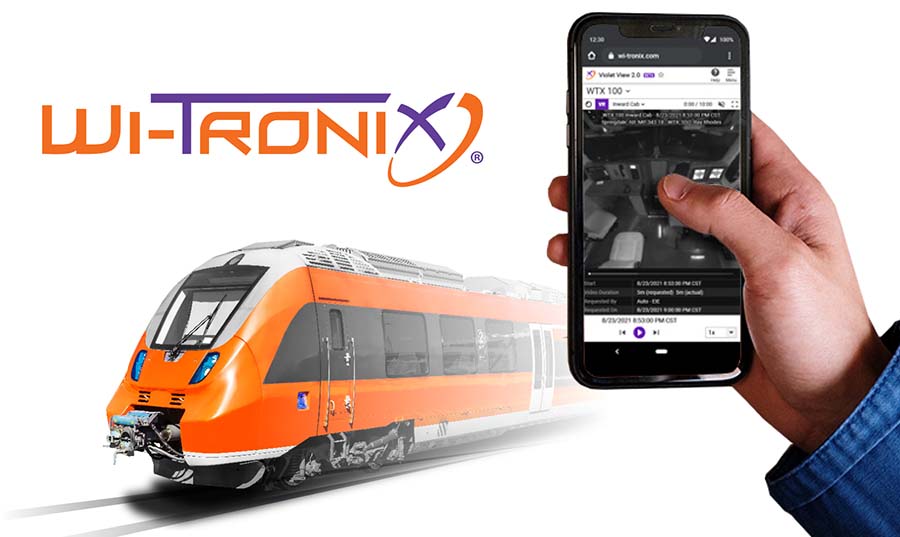
The connected diagnostic system connects seamlessly to Wi-Tronix’s Violet Edge IoT platform — its locomotive data acquisition recording system — to consolidate key operating data and diagnostic information from all onboard systems into a single onboard display in real time.
Meanwhile, the CCTV solution has been drastically enhanced with real-time visibility to 360-degree views of a vehicle’s inside and outside, Wi-Tronix officials said. Instead of only offering a forward-facing or in-cab camera, the solution now features several 360-degree cameras — a catenary, rear and side camera — to provide full-length views and passenger protections.
Finally, the mobile phone detection product stands out since it incorporates AI technology, Wi-Tronix officials said. The use of AI is one of the largest emerging trends in the IoT space.
AI enables the company’s algorithm to “get smarter every day,” leading to more accurate notifications when mobile phone usage occurs, Wi-Tronix officials said. When a cell phone is detected in the cab, video confirmation is sent to the proper personnel for review. As the reviewer watches and confirms “yes” or “no,” the software can further detect what is and isn’t a cell phone in future occurrences.
Email questions or comments to jeff.stagl@tradepress.com
Contact Progressive Railroading editorial staff.


 LRW Honors Amtrak’s Acheson As Railway Woman Of The Year
LRW Honors Amtrak’s Acheson As Railway Woman Of The Year
 From Editor-In-Chief Foran: Of Gender Equity And Inclusion
From Editor-In-Chief Foran: Of Gender Equity And Inclusion
 Spotlight On Some Of Today’s Rail Safety Products
Spotlight On Some Of Today’s Rail Safety Products
 Women of Influence in Rail eBook
Women of Influence in Rail eBook





